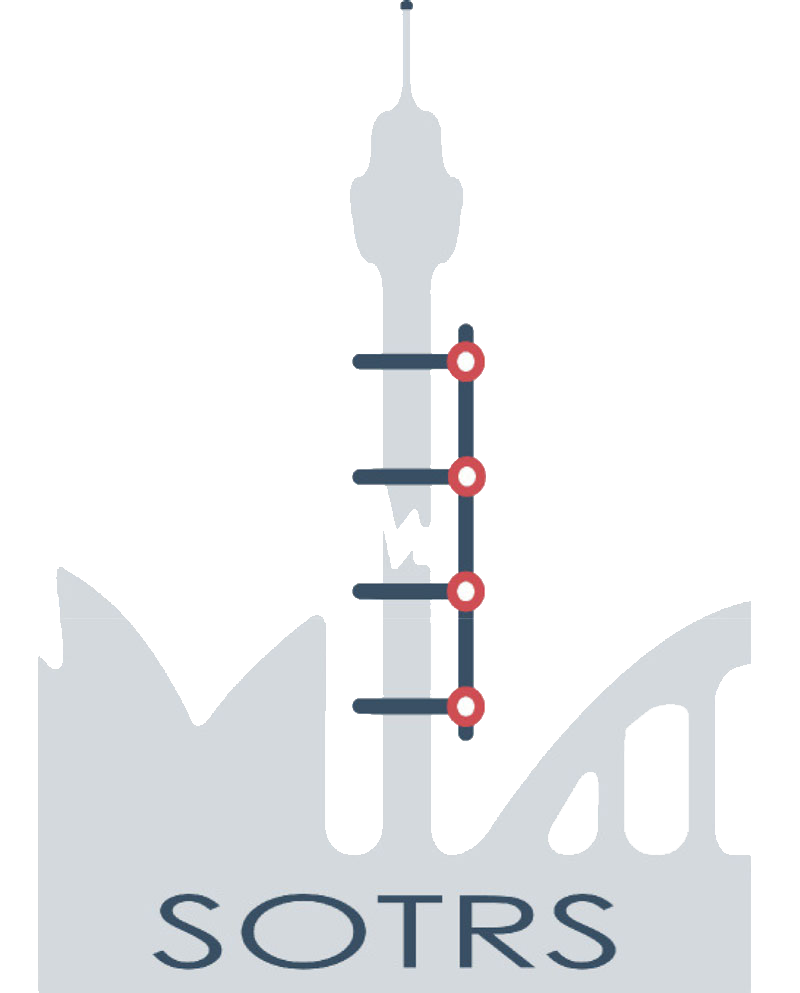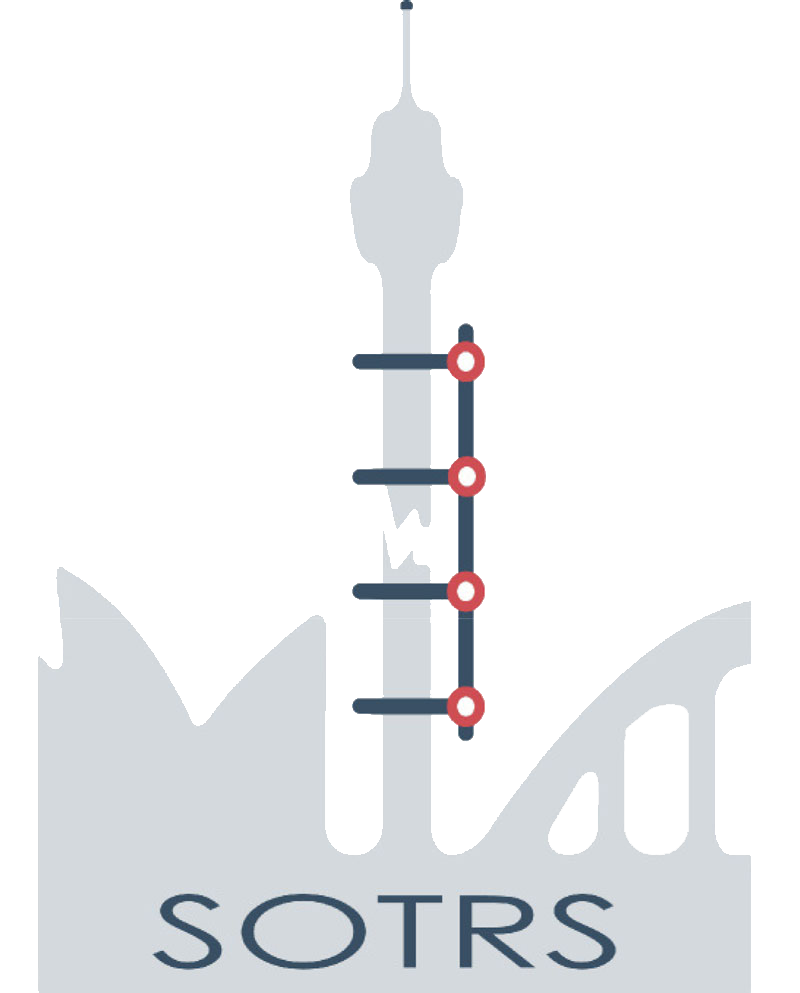Arthritis is the wearing of the joint, which includes thinning and damage to the cartilage. As the protective cartilage is worn away, bare bone is exposed within the joint. Bony spurs and cysts also form. There are a number of different types of arthritis; the most common is osteoarthritis which is sometimes called ’wear-and-tear’ arthritis or degenerative joint disease. Rheumatoid arthritis and traumatic arthritis are also seen in the knee joint. Arthritis is the most common cause of chronic knee pain and disability.

Rheumatoid Arthritis is a disease in which the synovial membrane becomes thickened and inflamed, producing too much synovial fluid that over-fills the joint space. This chronic inflammation can damage the cartilage and eventually cause cartilage loss, pain and stiffness.
Traumatic Arthritis can follow a serious knee injury. A knee fracture or severe tears of the knee’s ligaments may damage the articular cartilage over time, causing knee pain and limiting knee function.
Osteoarthritis (OA) usually occurs after the age of 50 and often in an individual with a family history of arthritis. The cartilage that cushions the bones of the knee softens and wears away. The bones then rub against one another, causing knee pain and stiffness.
Osteoarthritis causes as much disability as cardiovascular (heart) disease.



